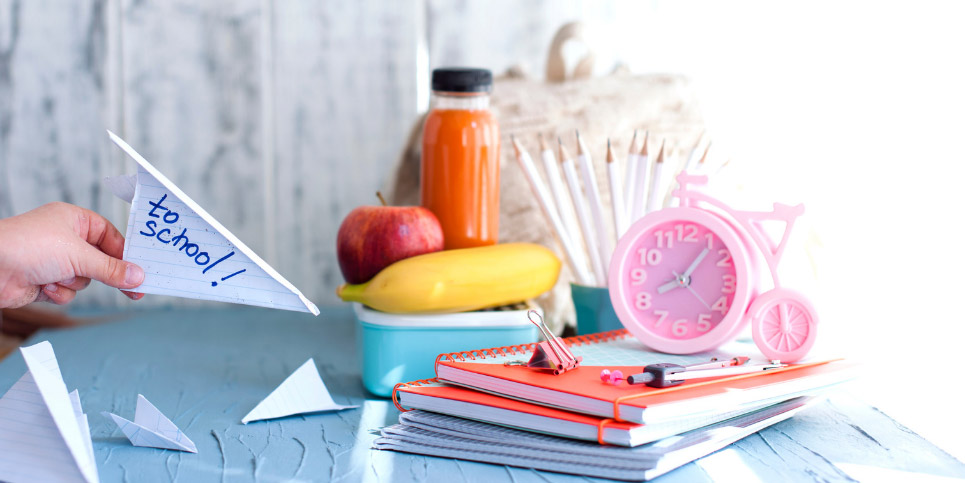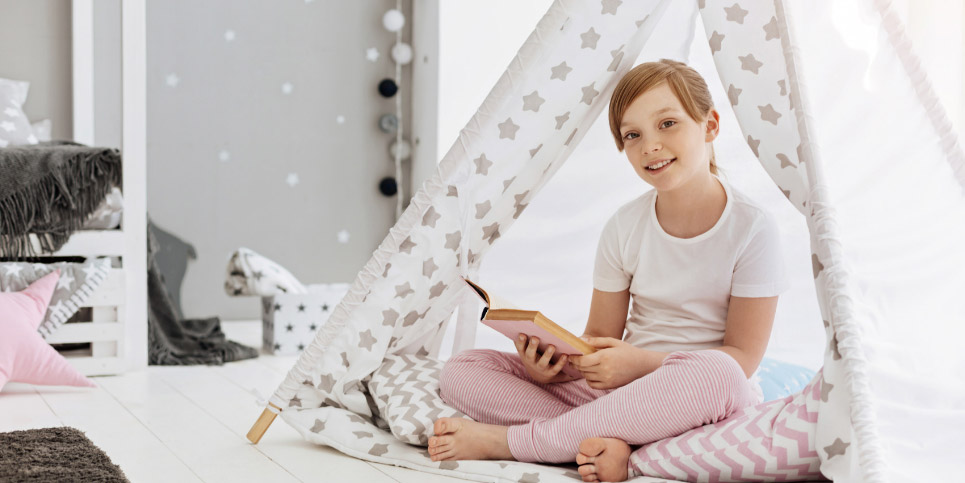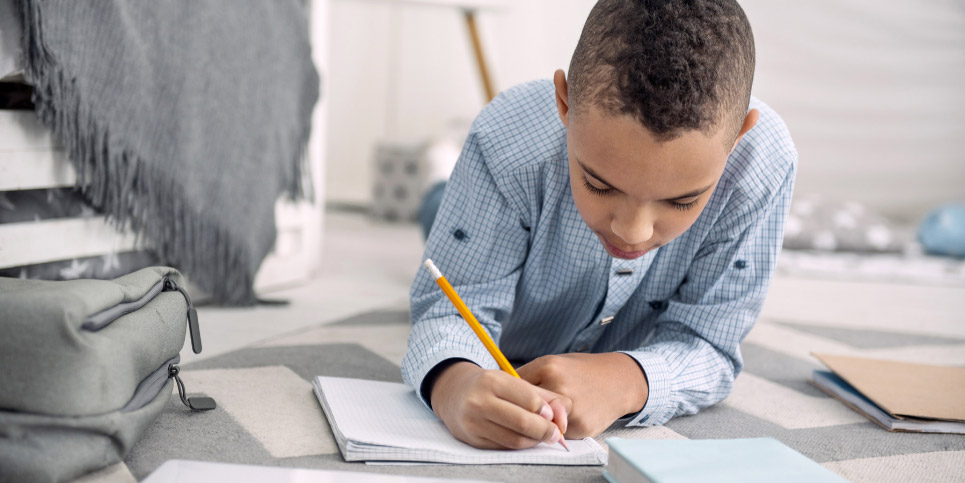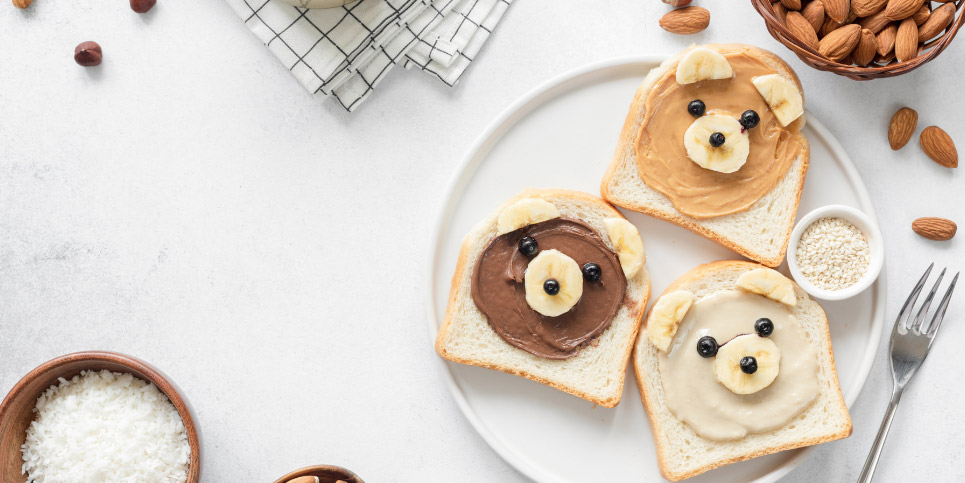The Children’s Book Review | August 14, 2019
Growing Readers: Learning to Love Reading and Writing Column 4
This editorial article was written by Lizzie Mussoline, M. Ed.
Back-to-School Literacy Tips and Tricks
Believe it or not, summer is almost over and a new school year is just around the corner! There is still some time to fit in a few more literacy activities to not only continue to prevent the summer slide, but also to help set your child up for success this school year!
Create a Cozy Reading Space
I like to call cozy reading spaces “book nooks”—whatever you’d like to call it, set your child up for success this school year by creating a cozy corner full of books, headlamps, bookmarks, timers, stuffed animals, or anything that your child might need to immerse themselves in a good book, some much needed quiet time, or a place to get those nightly reading minutes in. Many schools assign a nightly reading log that requires a certain number of minutes to be read each night. This cozy spot is the perfect place to log in that critical time! The space should be inviting, quiet, comfortable, peaceful and most of all, should provide easy access to great books! Make sure to visit the library or bookstore to help freshen up your home library. Search for books that will help your child get excited for heading back to school! You can also get unlimited reading on the Reading IQ app for kids ages 12 and under —there are thousands of great books available for all reading levels. (As a ReadingIQ.com partner, we have this special link to share with you so that you can try the app for free for the first month. Click here!)
Dear Teacher…Help Your Child Write a Letter to Their New Teacher
Encourage your child to write their future teacher a letter including important things about themselves as a person and as a learner. Essentially, this can help teach your child to be their best advocate. They can include information on what makes them proud, happy, frustrated, or any number of emptions. Teach your child (or refresh their memory) on how to write a friendly letter. A friendly letter includes a heading, greeting, body, closing and signature. Encourage them to further practice their writing skills by brainstorming ideas, then writing a rough draft and finally a “neat copy” or final draft. As hard as it might be for parents, there is no need to correct or edit the letter for them. An authentic letter from your child will not only help their future teacher learn more about what kind of kid they are, it will also help them get a little glimpse into some of their literacy skills, too. Prepare to write the letter by having a discussion and use any of the guiding questions below. The guiding questions can all be adapted to best suit any age.
How would you describe yourself?
What makes you feel proud? Happy? Frustrated?
When you feel frustrated, what helps?
What was the best part of school last year? The worst? Why?
What are you most looking forward to this year?
What, if anything, makes you feel nervous or worried about this year?
What learning goals do you have?
What is your favorite book? Why?
What was the best part of your summer? Why?
What do you love most about school? Why?
What is your favorite subject?
How do you learn best?
Healthy Habits: Healthy Brain
Going back to school also means returning to a regular routine and getting some reminders on what habits help us to be most successful in school and in life! Our brains learn best when we make healthy choices. Go to the library and check out some books on healthy habits, have a family discussion, talk to the pediatrician about it at your next check up, or visit a museum with a health exhibit like the Denver Museum of Nature and Science. Choose which direction you’d like to go from there—practice writing skills by creating a daily checklist with important habits, or a calendar that includes things like: get at least x hours of sleep, eat a healthy breakfast, exercise, read for x minutes a day, take your vitamins, get some quiet time, spend time outside, etc! Choose the habits that are most important to you and your family. Have fun encouraging your child to be as creative as possible, such as making a visual and adding stickers, magazine clippings, pictures, illustrations, or fun colors. Put the healthy habits somewhere that will help serve as a reminder of what we can do to really boost brain power!
—
Thank you for reading the Growing Readers: Learning to Love Reading and Writing column. Bookmark this Growing Readers Column link or subscribe to our e-newsletter so you do not miss out on the monthly reading tips. How to Prepare for a Successful School Year: Back-to-School Literacy Tips and Tricks was written by Lizzie Mussoline, M. Ed.—follow her on Instagram: @wildflower_learning_denver.




